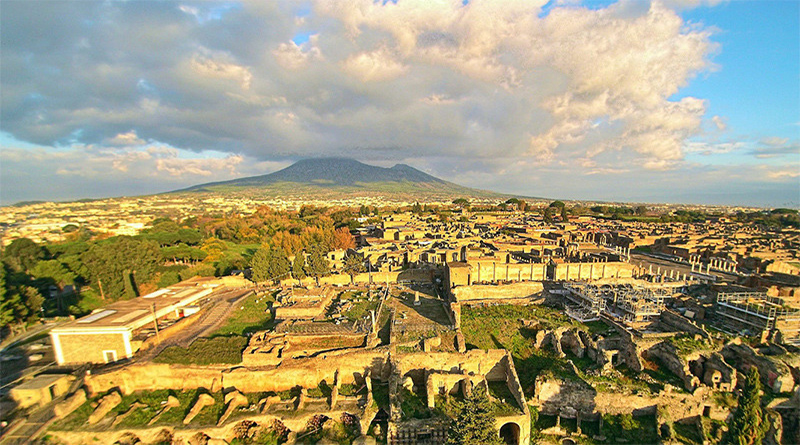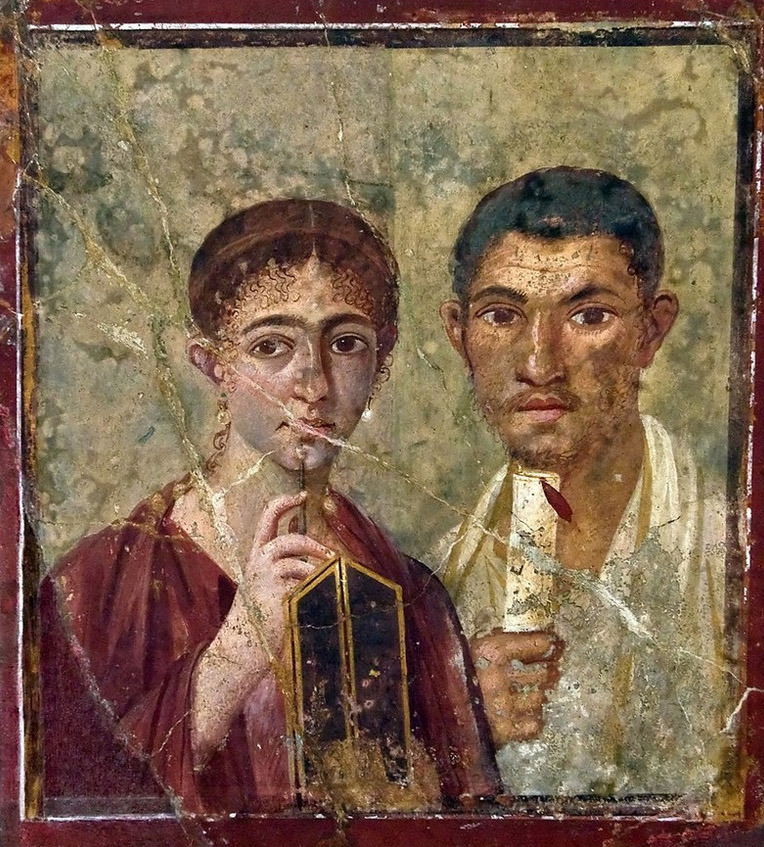Pompeii DNA Reveals Roman Empire’s Racial Diversity
A breakthrough genetic study carried out on bone fragments retrieved from the famous plaster casts of victims of the volcanic eruption that destroyed Pompeii in 79 AD has revealed the racial diversity of the Roman Empire.

The eruption preserved the forms of many of the dying as the ash compacted around their bodies. Although the soft tissue decayed over the centuries, the bodies’ outlines remained.
These outlines were recovered during excavations in the late 19th century and preserved by filling the cavities with plaster. The new study, published in Current Biology, extracted skeletal material embedded in the casts to produce genome-wide ancient DNA.
Of the five Y-chromosome (male) samples extracted, all were of Middle Eastern origin, and of the six mtDNA samples, four were of Middle Eastern origin, while the remaining two were of European origin.
The study concluded: “All Pompeiians with genome-wide data consistently derive their ancestry largely from recent immigrants from the eastern Mediterranean, as has also been seen in contemporaneous ancient genomes from the city of Rome, underscoring the cosmopolitanism of the Roman Empire in this period.” (“Ancient DNA challenges prevailing interpretations of the Pompeii plaster casts,” Pillie, E. et al., Current Biology, Volume 34, Issue 22, November 18, 2024.)
The study aligns with other artifacts recovered from Pompeii, which also reveal the multi-racial nature of the city’s population, such as the famous fresco of Terentius Neo and his wife, on display at the National Archaeological Museum in Naples.

Portrait of Terentius Neo and his wife, from Pompeii, c. AD 50.
Share this post
New DNA Study Confirms Indo-European Origins of Ancient Greeks
A recent genetic stu...





